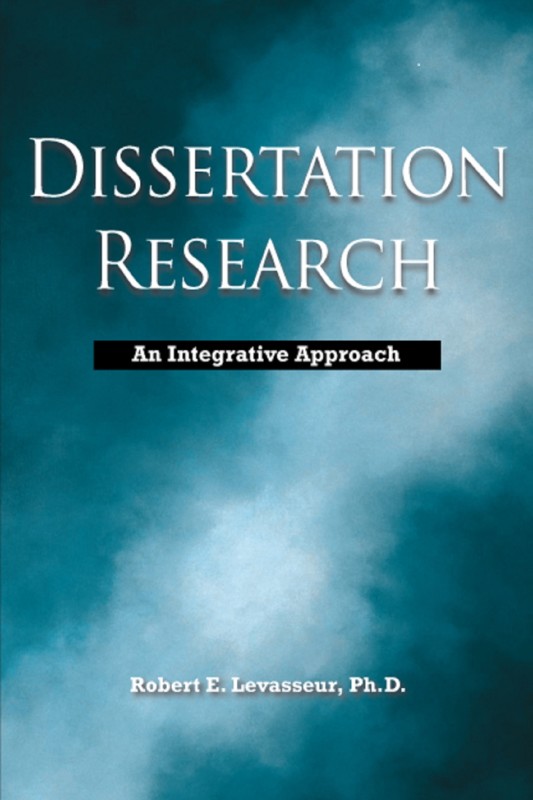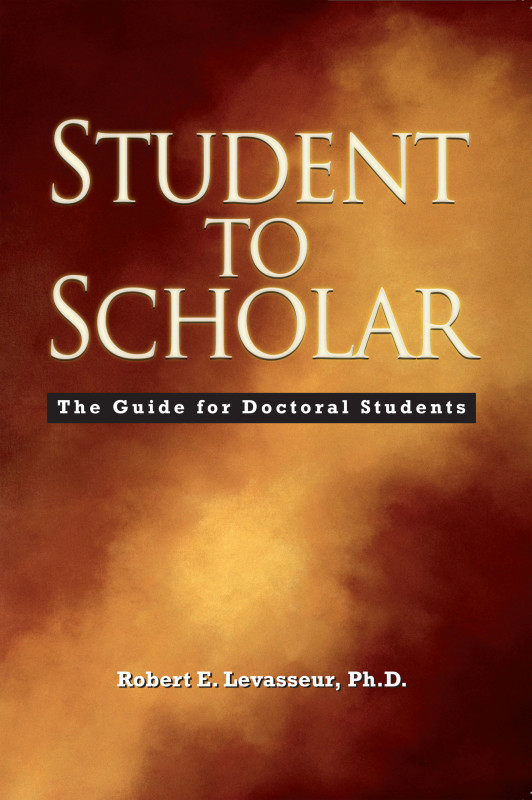Scholarly Writing: Style
To write at the doctoral level, you must meet high standards of communication. Both the content of your writing (i.e., your ideas per se) and the formatting of your document (i.e., how you present your ideas) are equally important in doctoral writing. The areas that you must pay special attention to when you write are:
Content
Organization
Grammar
Style
In this article, we examine issues related to the style of your doctoral papers.
Class, panache, and flair are words that come immediately to mind when I think about style. However, we are talking about a different type of style here; namely American Psychological Association (APA) style.
The APA publication manual spells out in great detail the requirements one of the most frequently followed sets of guidelines for scholarly writing. Topics covered include the content and organization of a manuscript, grammar, bias in language, punctuation, spelling, capitalization, the use of italics and abbreviations, bibliographic and in-text reference citations.
You must adhere to the style guidelines specified by your institution, whether APA, Turabian, or some other, in all of your doctoral work.
For most students, learning APA is like learning a foreign language. While this is not necessarily an easy thing to do, you have no choice but to buckle down and learn APA style if you want to become a scholar. The sooner you do, the faster you will get through your doctoral program.
A Comment on Formatting
Every university has its own rules for formatting doctoral papers, particularly the dissertation. Like APA, these are non-negotiable. So the sooner you learn and apply them, the faster you will progress in your doctoral program.
Examples of the formatting requirements of one university are (a) using one, size-12 font throughout, (b) double spacing text, (c) indenting the first line of paragraphs by one-half inch, (d) not bolding or underlining, (e) using APA style headings, in-text citations, and bibliographic reference citations, and (f) writing in the third person exclusively. Be sure to enquire about the guidelines for your university and apply them from the outset.
Finding Your Voice
Before we conclude this section on critical writing, it is important to discuss how you as a student can express your opinions in a way that meets these guidelines and still allows readers to hear your voice. This becomes especially important to new doctoral students when they discover, sometimes to their chagrin, that they must write their major papers and dissertation exclusively in the third person.
That’s right. Not only do you have to avoid the passive voice, but you also have to avoid the overuse of first and second person pronouns. That means that you can no longer simply say “I” think this or “you” should do that.
So, if a student or other writer can only use the first or second person sparingly, how does a doctoral reader distinguish the ideas and research findings of other scholars from those of the writer?
In practice, this is not as difficult as students believe. The reason is that doctoral writers have to support their arguments with evidence from the literature, properly cited, to avoid charges of plagiarism. Anything not cited as the work of another is, by convention, the work of the writer.
The following contrast between an improperly cited and a properly cited work will illustrate the difference. Keep in mind that the latter writing sample, while acceptable, does not necessarily represent the ideal.
Sample A [Unacceptable]
Some say that money is a universal motivator. It is argued by others that it depends on the needs of the individual. I think the others are right, as I will explain in this essay.
Sample B [Acceptable]
Some say that money is a universal motivator. Others argue that it depends on the needs of the individual (Maslow, 1954). This essay contains a critical evaluation of the arguments for and against money as a universal motivator, as well as a rationale based on personal experience and empirical evidence in support of Maslow’s hierarchy-of-needs theory.
Note that the in-text reference citation (Maslow, 1954) refers to an original book by Abraham Maslow, Motivation and Personality. The correct, APA style reference citation for this work is:
Maslow, A. (1954). Motivation and personality. New York, NY: Harper and Row.
It is clear from Sample B that the writer intends to use one of the major works of Abraham Maslow as evidence to support his or her point of view (i.e., that money is not a universal motivator). This is not clear from Sample A.
In addition, the provision of an in-text reference citation in proper APA style not only clarifies and strengthens the writer’s argument, it also gives credit where credit is due (i.e., to Maslow).
As a result, the reader is easily able to distinguish between the opinions of the writer (sentences one and three) and those of other scholars (sentence two). Hence, the writer’s voice emerges loudly and clearly and he or she avoids any hint of plagiarism.
Now, as an aside, note that the writer could make an even stronger case by citing in the first sentence the work of one or more published authors who believe that money is a universal motivator. Surely a little online research project could unearth several such useful references.
Finally, before moving on, note the clarity and power of the second sentence in Sample B, which is in the active voice, in comparison to the same sentence in Sample A, which is in the passive voice. This is why good writers strive to write exclusively in the active voice.
To learn more about the secrets to doctoral study success, read Student to Scholar and Dissertation Research.


